Environmental Design
In order to facilitate the integration process of new works into the landscape system, projects of landscape and environmental inclusion are needed. Landscape systems are defined as the result of the action and interaction of natural and/or human factors in a specified territory.
These projects are necessary in many instances such as the ones regulated by article 146 of D.Lgs. 42/2004 also known as Code of Cultural and Landscape Property and by the Environmental Impact Assessment (EIA) procedure (D.Lgs. 152/2006). A different level of detail is adopted as a function of the project stage (from the preliminary to the final stage), which allows the definition of appropriate criteria for landscape inclusion and accurate design development.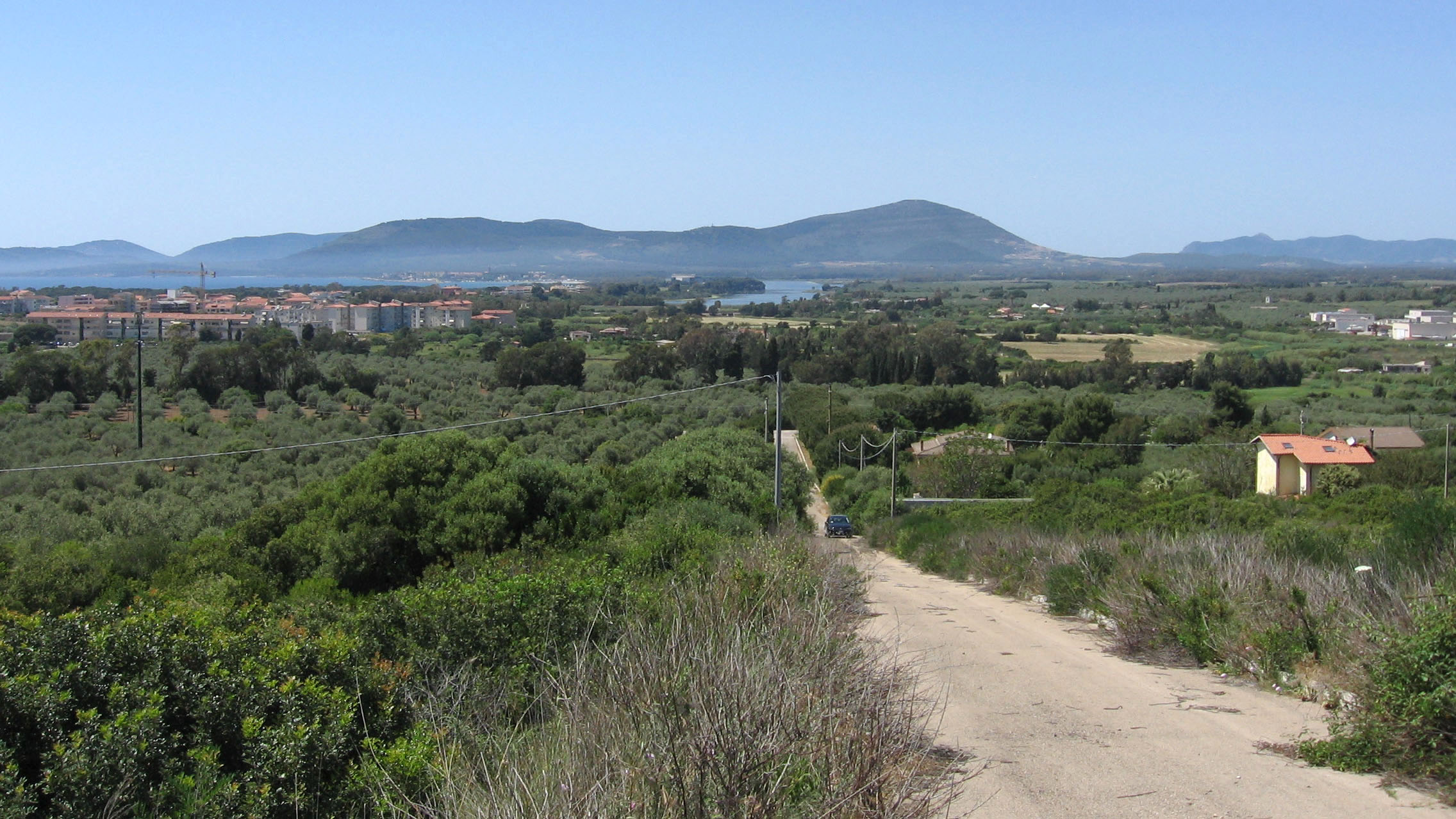
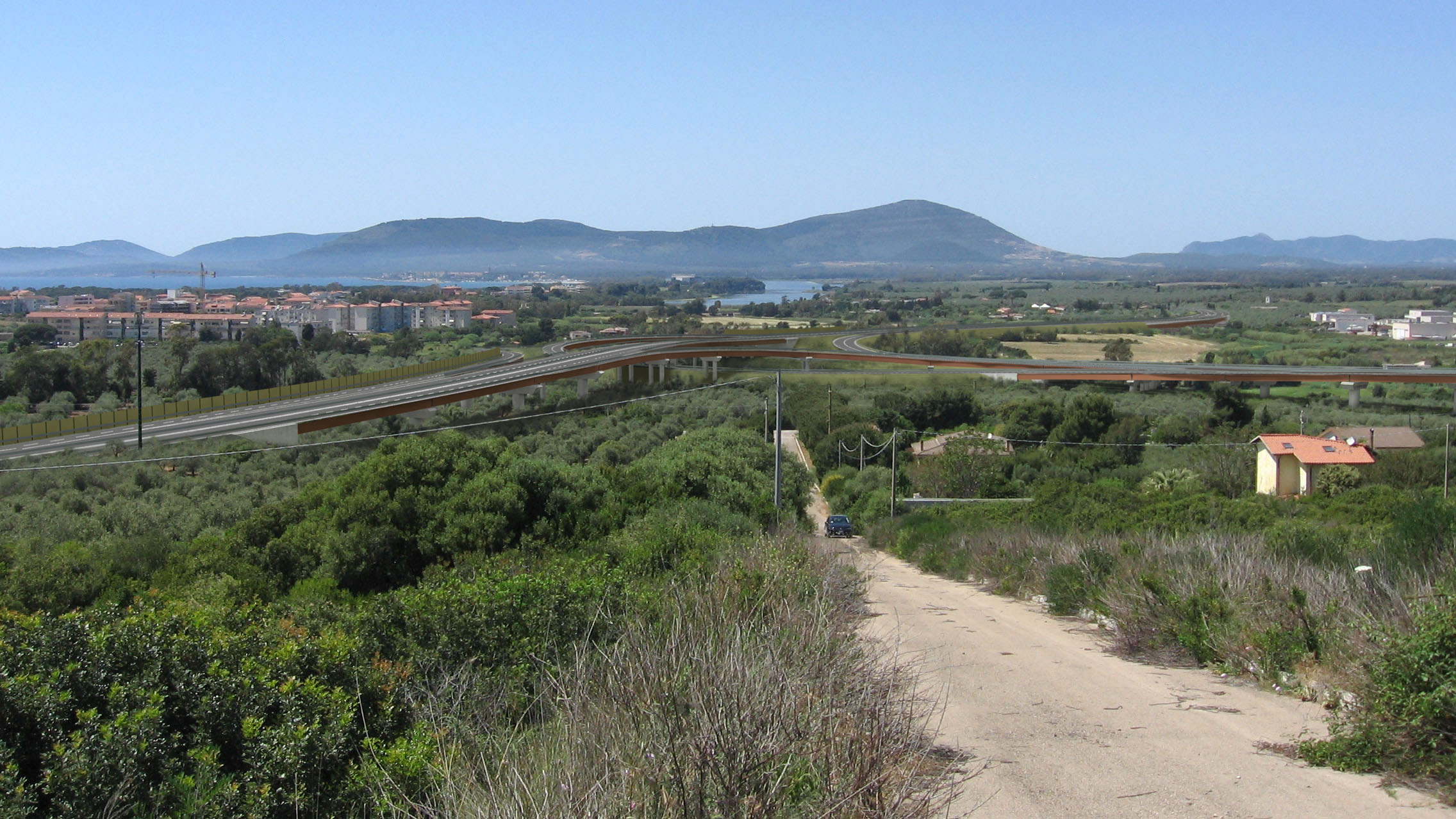
The use of vegetation landscaping solutions in this kind of actions is now widespread, because of the role vegetation plays in improving the landscape diversity and in integrating the work with the peculiarity of the territory.
The result is an integrated design where the project and the structural elements of the landscape come into relationship with each other. This is fundamental not only to reduce the environmental impacts but also to redevelop and enhance the landscape of the entire area involved in the project.
Over the years VDP has developed noticeable expertise regarding Landscape Inclusion Design, specifically as a part of studies involving several territories and different types of projects.
The important number of studies has been instrumental in broadening the company experience and allowed the interaction with numerous local situations. This also made possible the development of specific knowledge concerning botanical and naturalistic engineering projects.
Special attention is paid to delicate local contexts, in which the presence of ecosystems subjected to environmental protection requires a substantial effort in order to enhance the ecological situation and perceived work impact.
VDP deploys different professional profiles such as landscape architects and ecosystem experts, who work together to reach the project integration into the landscape, ensuring the enhancement of the environmental system as a whole.
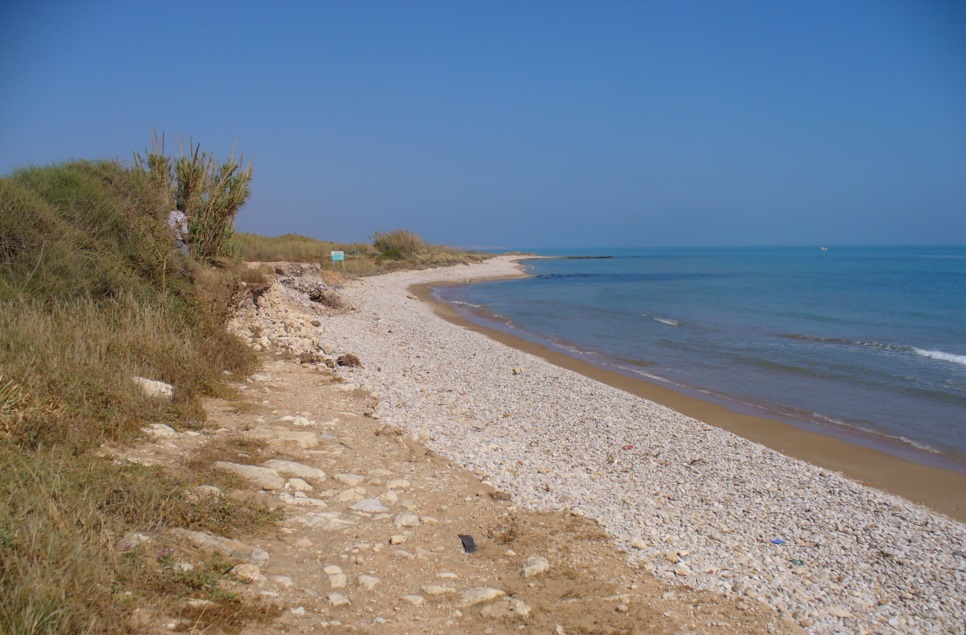
Landscape Inclusion services offered by VPD can be summarized in three stages:
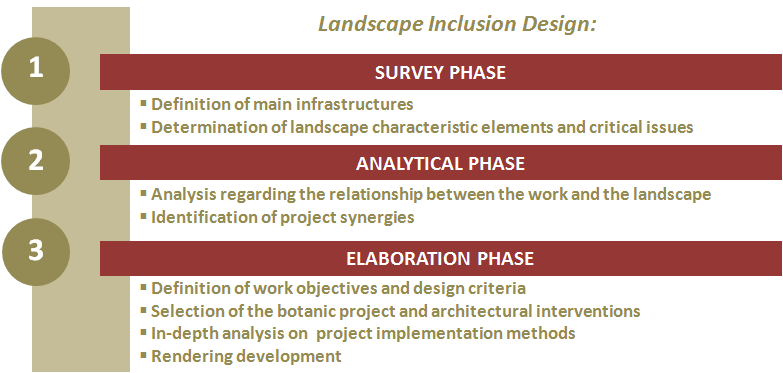
The first survey phase consists in classifying the involved landscape, from generic aspects to the determination of characteristic elements and critical issues related to physical, natural and man-made actions. This study is functional for defining the relationship between the work and the landscape and for identifying critical issues and landscape enhancement interventions (analytical phase).
The final stage regarding the actual project development is based on the definition of work objectives and design criteria needed in order to properly plan the Landscape Inclusion, through the use of engineering techniques specifically designed to take into account the structure and peculiarities of the existing area.
As part of the elaboration phase of the project, a valuable support is provided by the development of renderings aimed at obtaining a realistic representation of the architectural intervention.
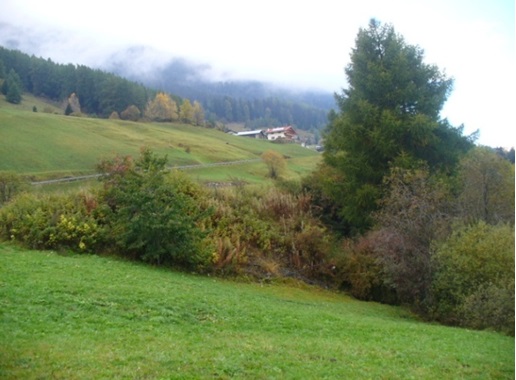
The main objective of Landscape Inclusion Designs is to properly plan infrastructures, in order that the infrastructure can generate new landscape and be at the same time be part of it.
Such an approach is not only aimed at the reduction of environmental impacts, but it also focuses on the overall rehabilitation of the surrounding areas, in which the recent transformation due to new work presence improves the landscape with respect to the initial situation.
In this context, VDP operational procedures regarding landscape inclusion are based on the necessity to reconcile technical requirements defined by the project designers with the peculiarities of the territory and on the determination of critical elements and potentialities of the landscape in question.
VDP considers both the study and knowledge of the territory and of guidelines and provisions regarding landscape management essential in order to define the project in a specific way for different areas.
Therefore the goal of landscape design is to provide the evaluating competent authority with all the elements leading to the project development and to establish a widespread dialogue on the necessities of the territory.
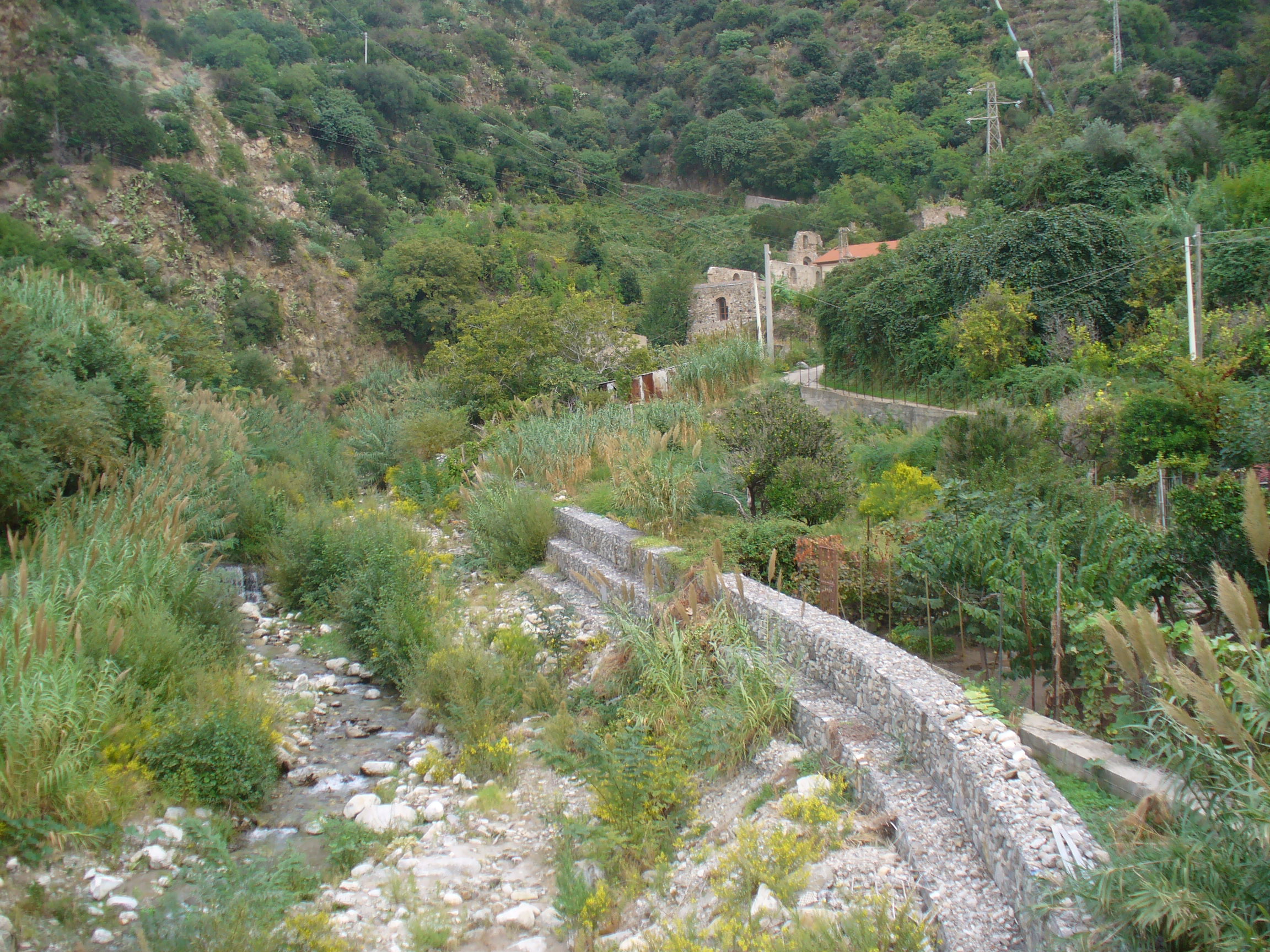
-
 Seismic upgrading of A24 viaductsSettore: Roads & Highways
Seismic upgrading of A24 viaductsSettore: Roads & Highways -
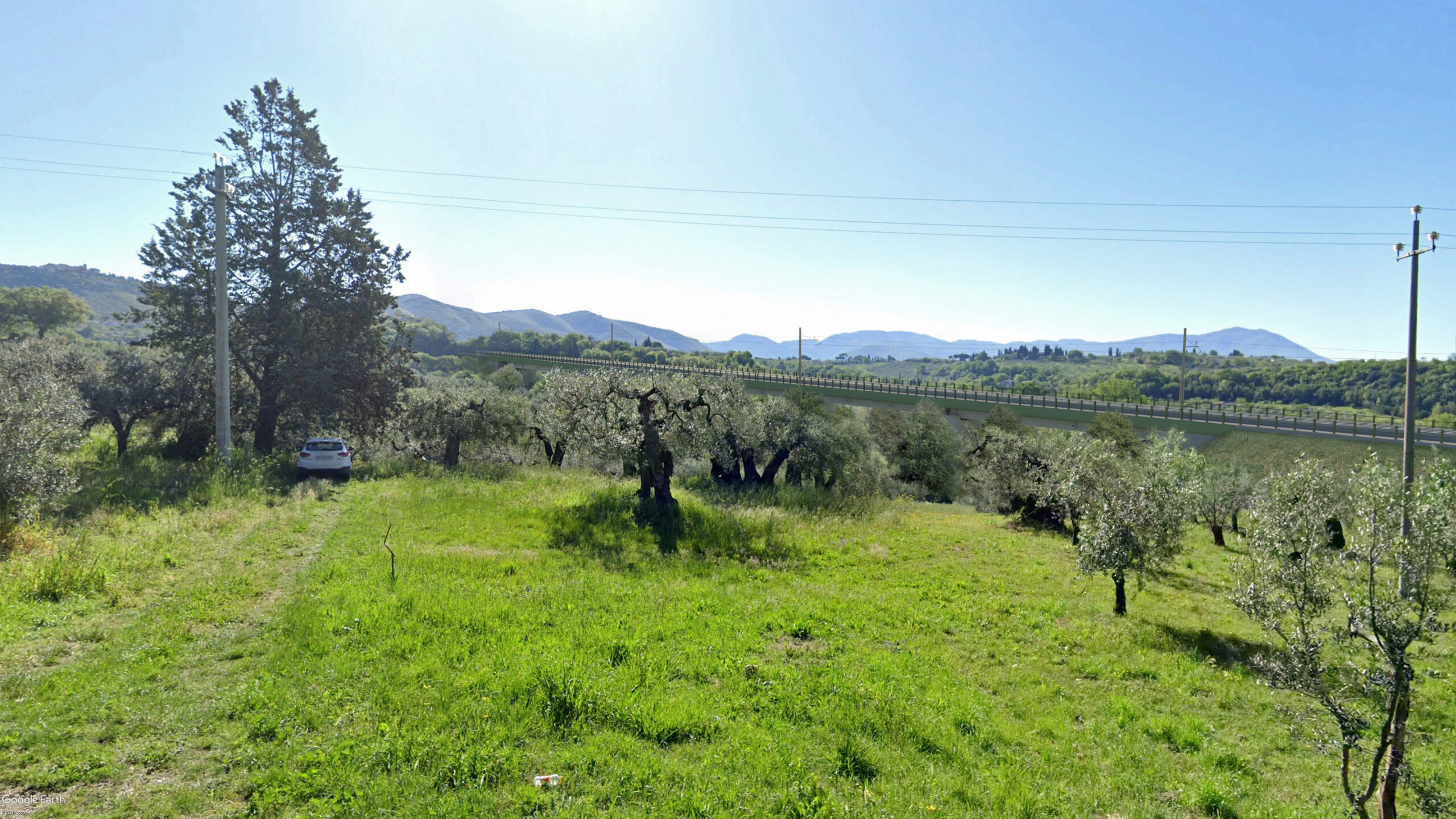 E.I.S (Environmental Impact Study) for the TEFP (Technical and Economic Feasibility Project) railway line Passo Corese – RietiSettore: Railways & Station
E.I.S (Environmental Impact Study) for the TEFP (Technical and Economic Feasibility Project) railway line Passo Corese – RietiSettore: Railways & Station -
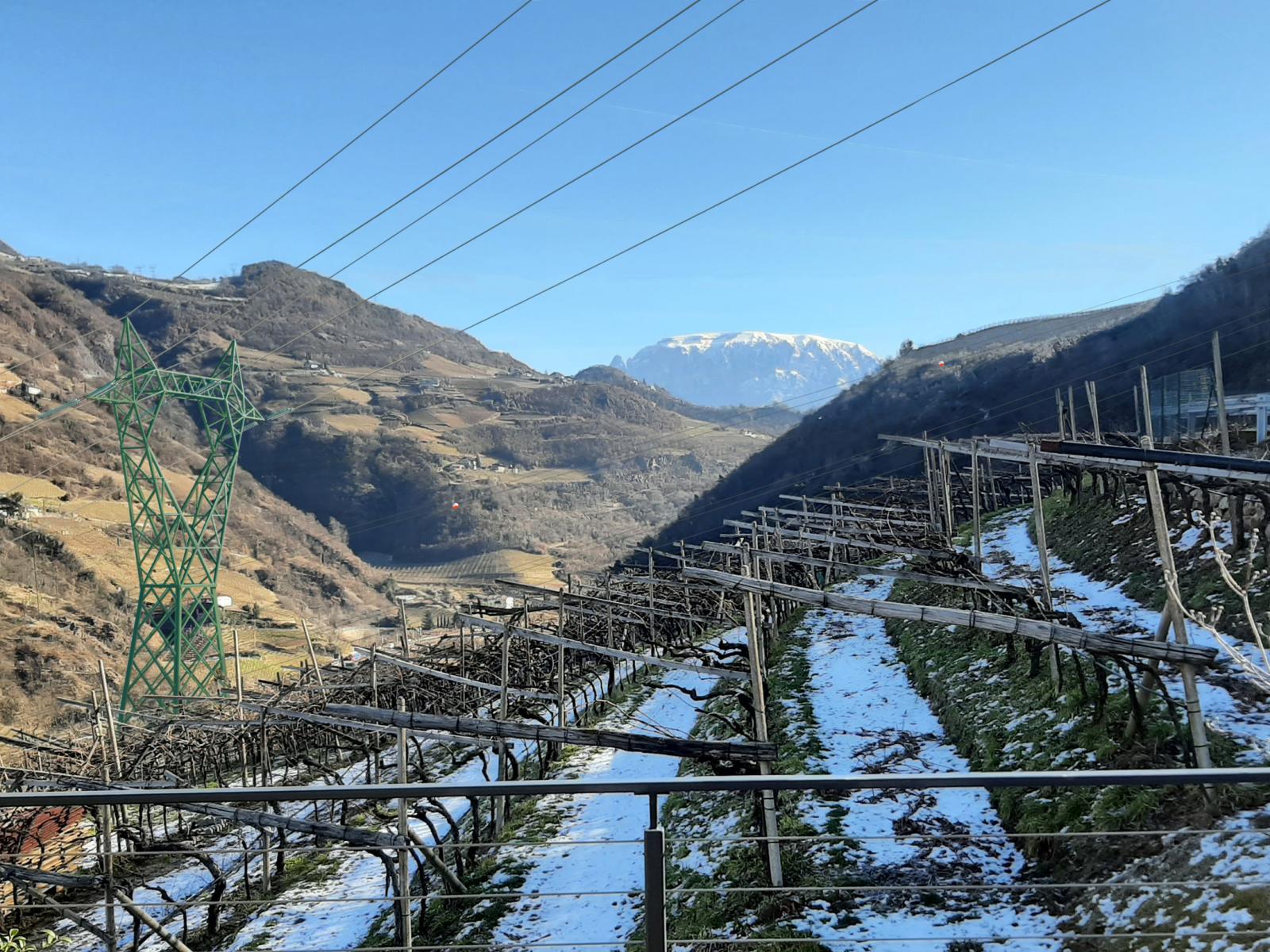 Rearrangement of the NTG in the Eisack Valley – TERNASettore: Energy Infrastructures
Rearrangement of the NTG in the Eisack Valley – TERNASettore: Energy Infrastructures -
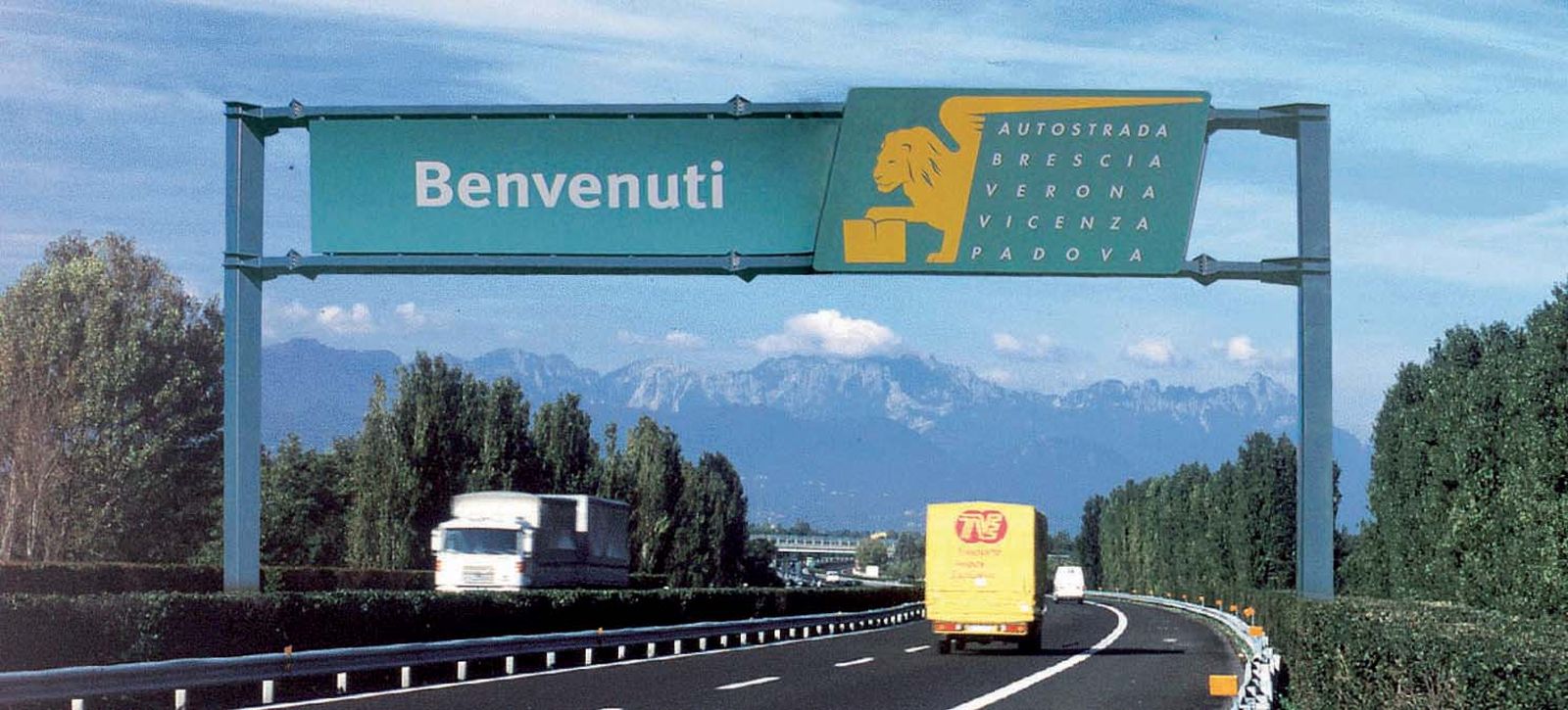 Framework Contract for the Brescia-Padua MotorwaySettore: Roads & Highways
Framework Contract for the Brescia-Padua MotorwaySettore: Roads & Highways -
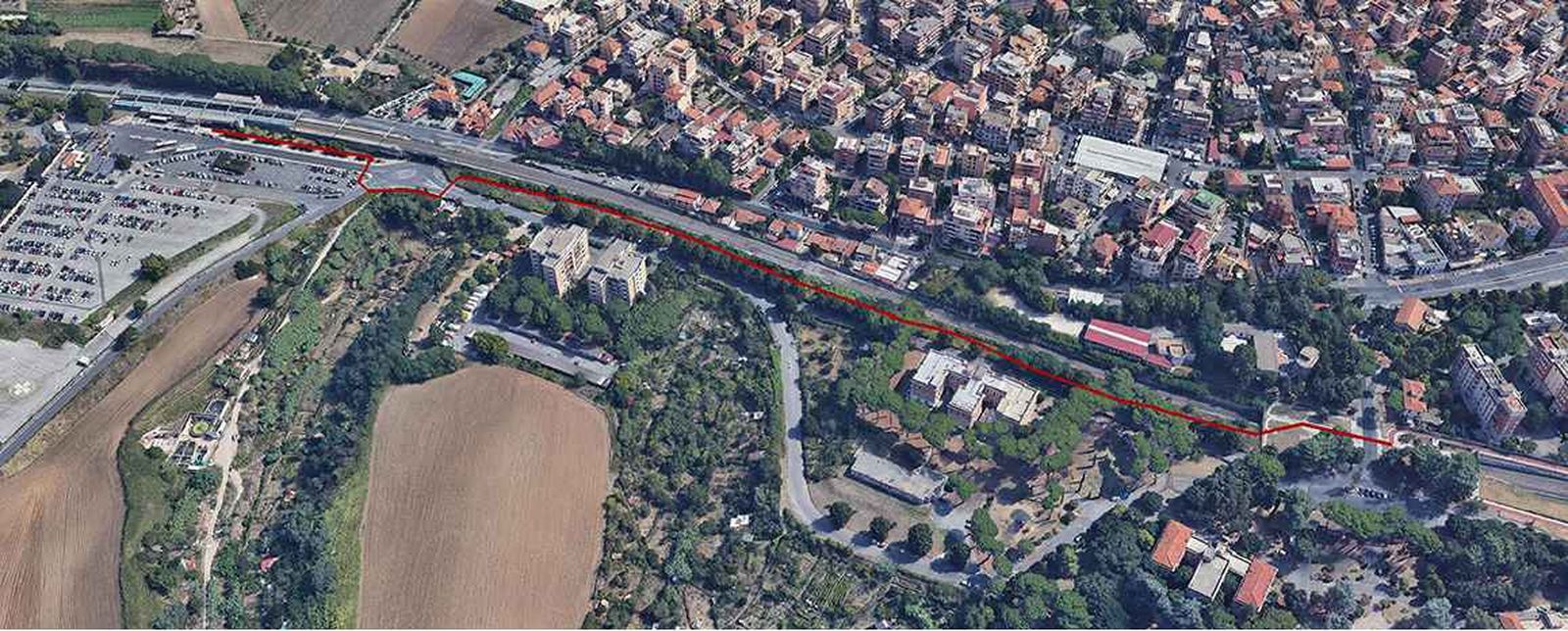 Investigations of tree status in Rome
Investigations of tree status in Rome -
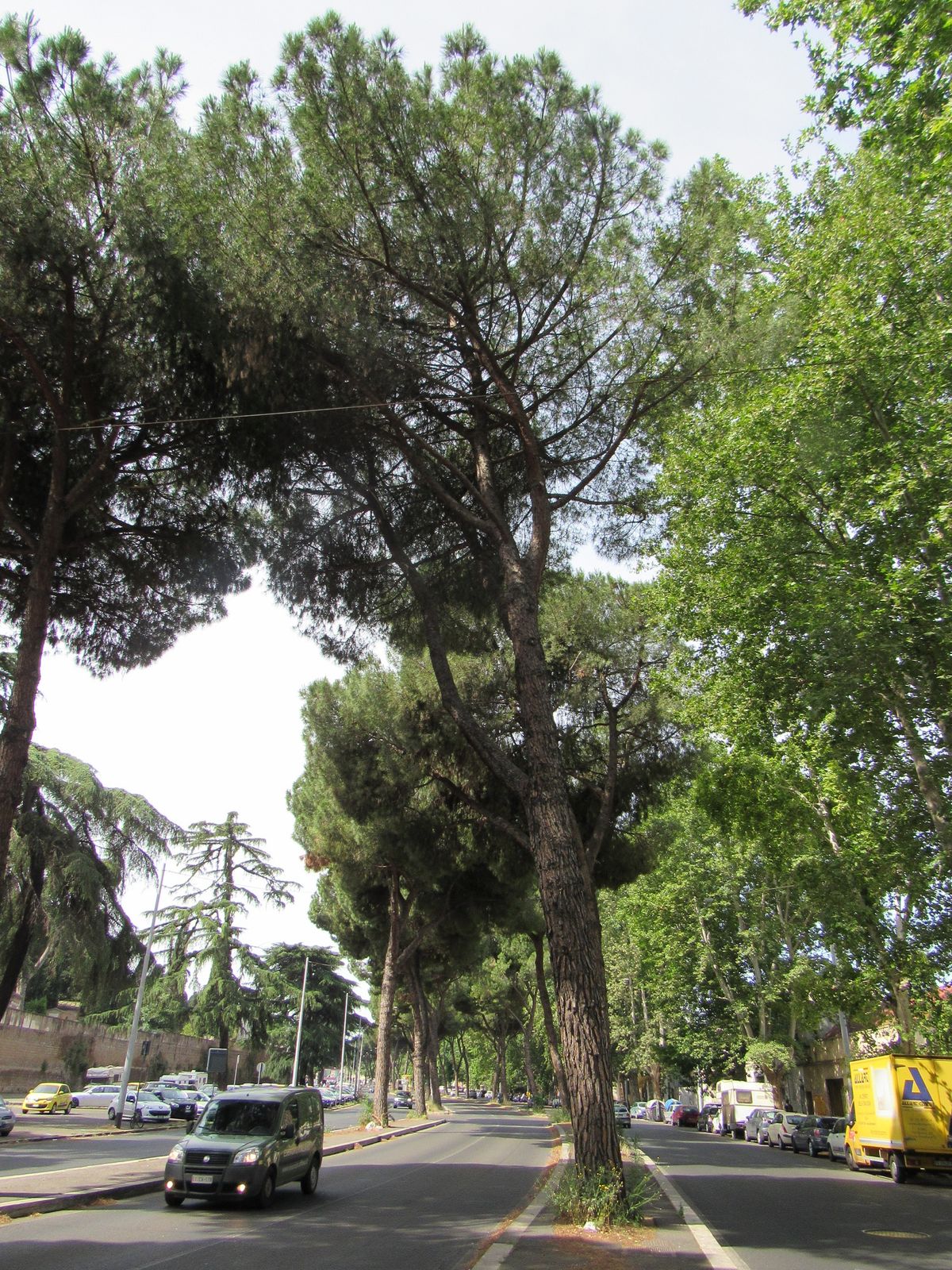 Assessment of tree status (Rome)Settore: Public Administrations
Assessment of tree status (Rome)Settore: Public Administrations -
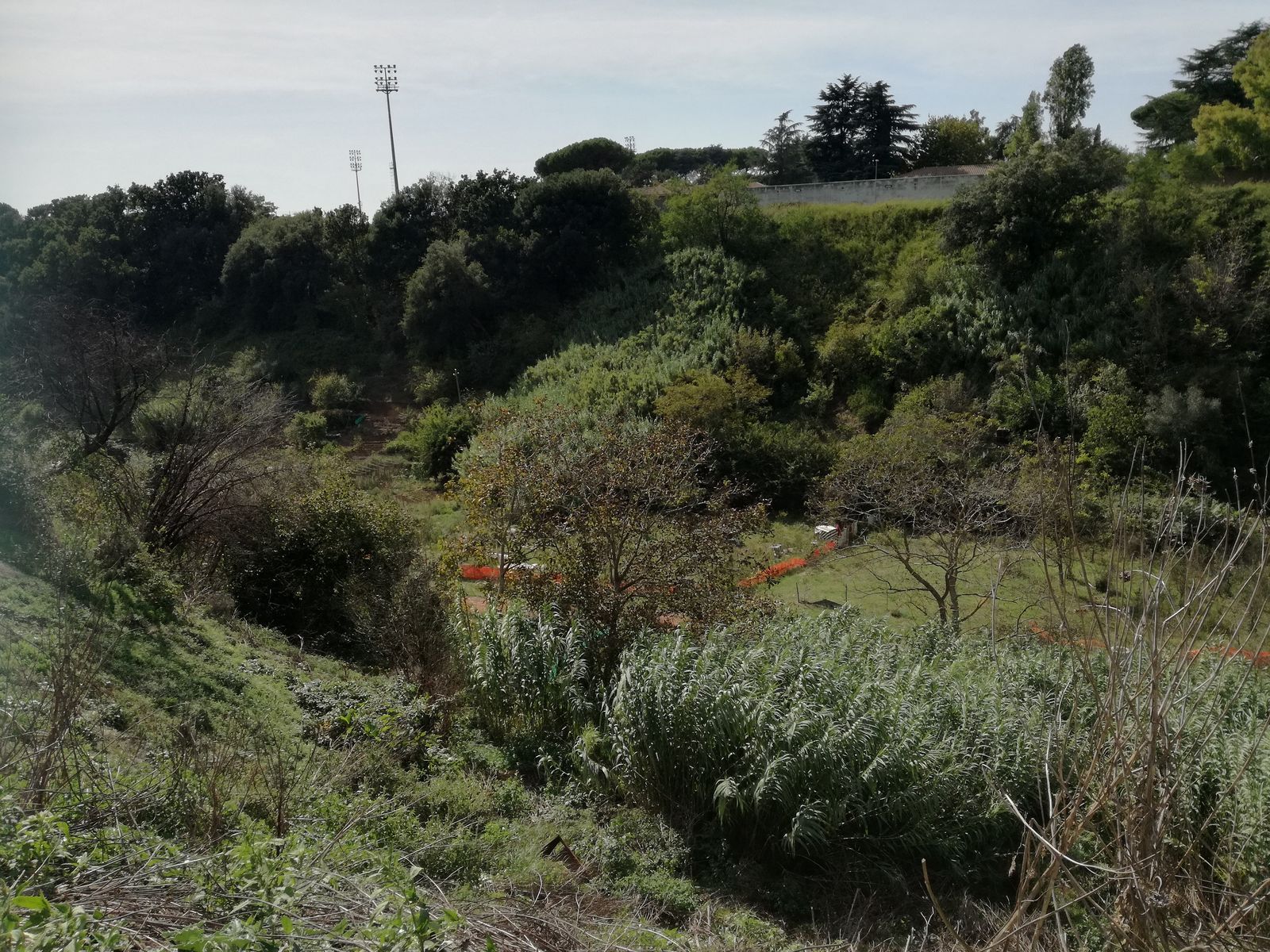 Progettazione Fosso Campanelle e orti urbani (Roma)Settore: Public Administrations
Progettazione Fosso Campanelle e orti urbani (Roma)Settore: Public Administrations -
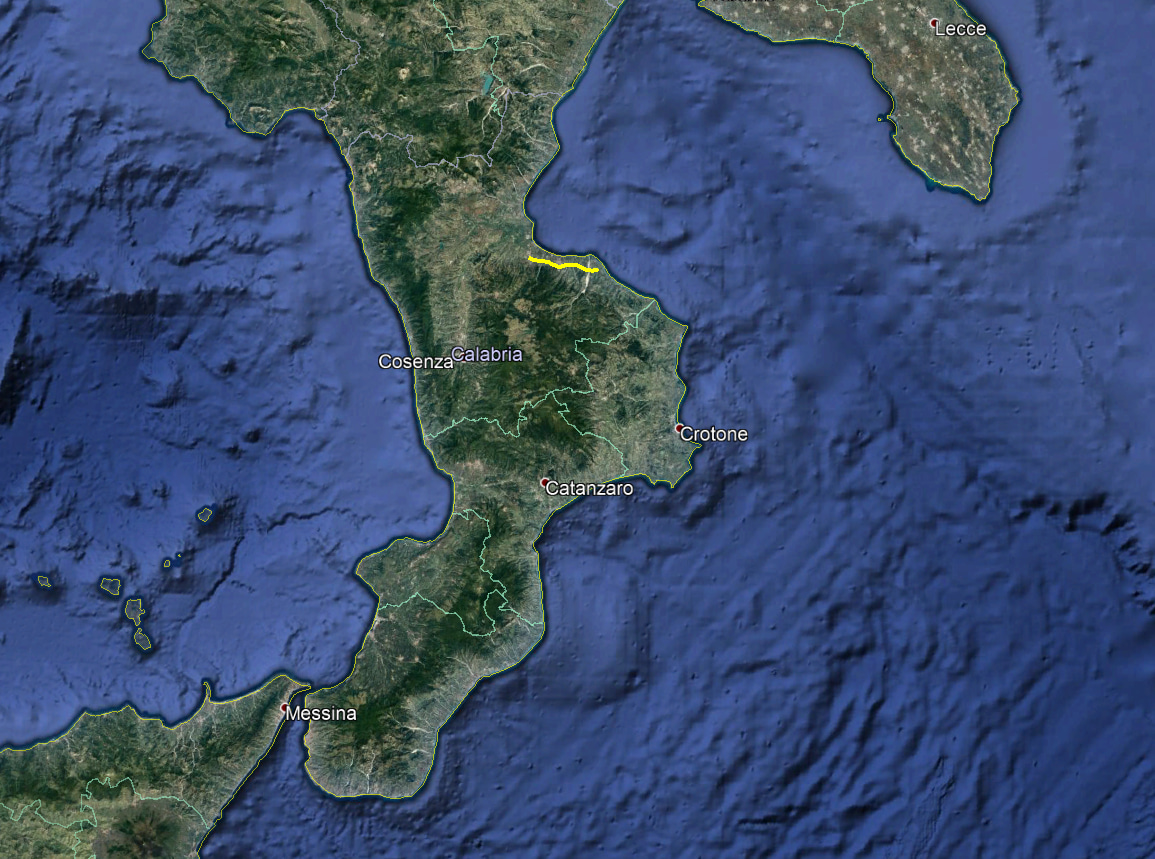 Framework Contract ANAS – State road n.106 “Ionica”Settore: Roads & Highways
Framework Contract ANAS – State road n.106 “Ionica”Settore: Roads & Highways -
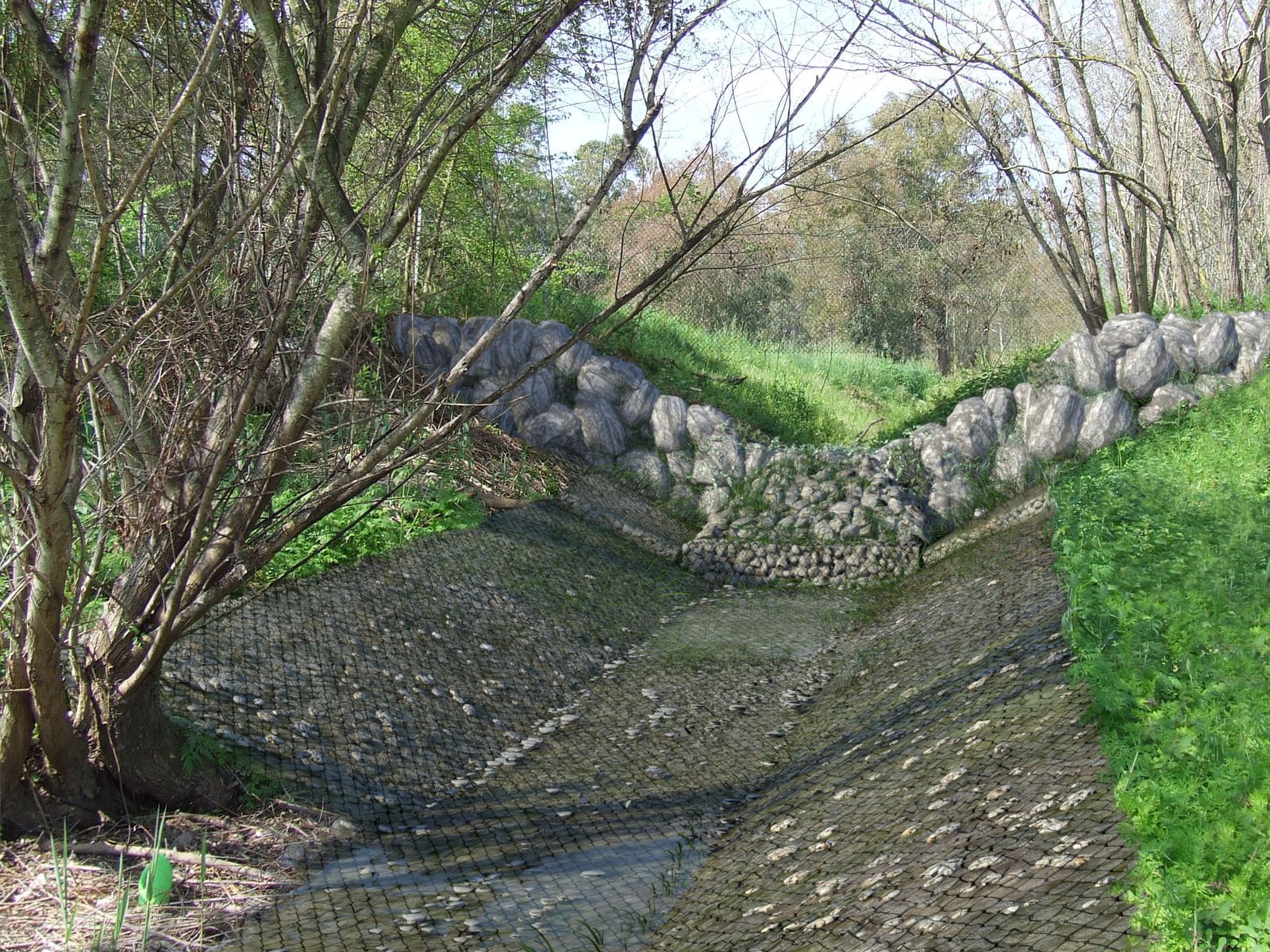 Restoration of the right side of Fosso Moscarello (LT)Settore: Decommissioning
Restoration of the right side of Fosso Moscarello (LT)Settore: Decommissioning -
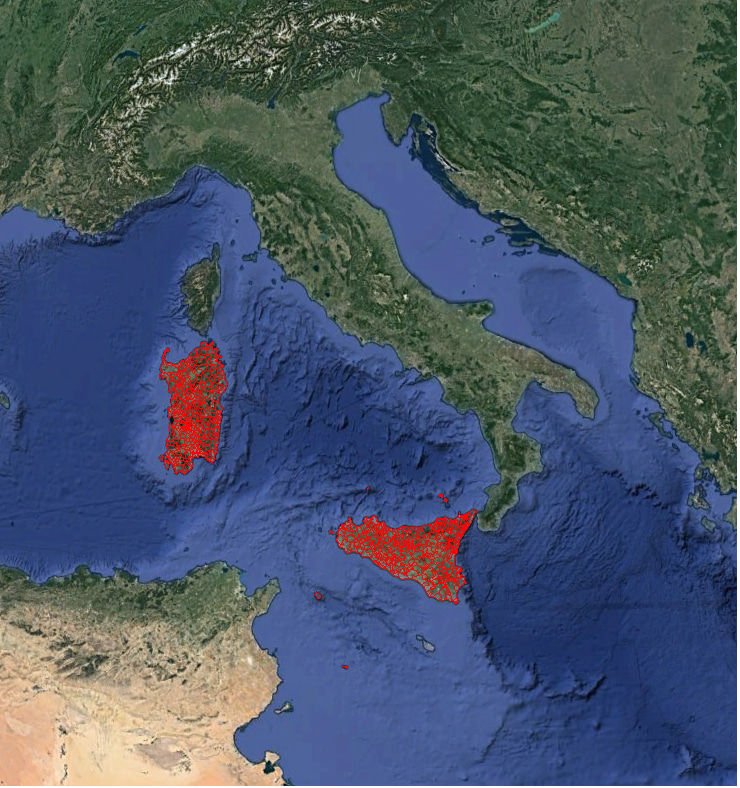 ANAS Framework Contracts – Project in Sicily and SardiniaSettore: Roads & Highways
ANAS Framework Contracts – Project in Sicily and SardiniaSettore: Roads & Highways -
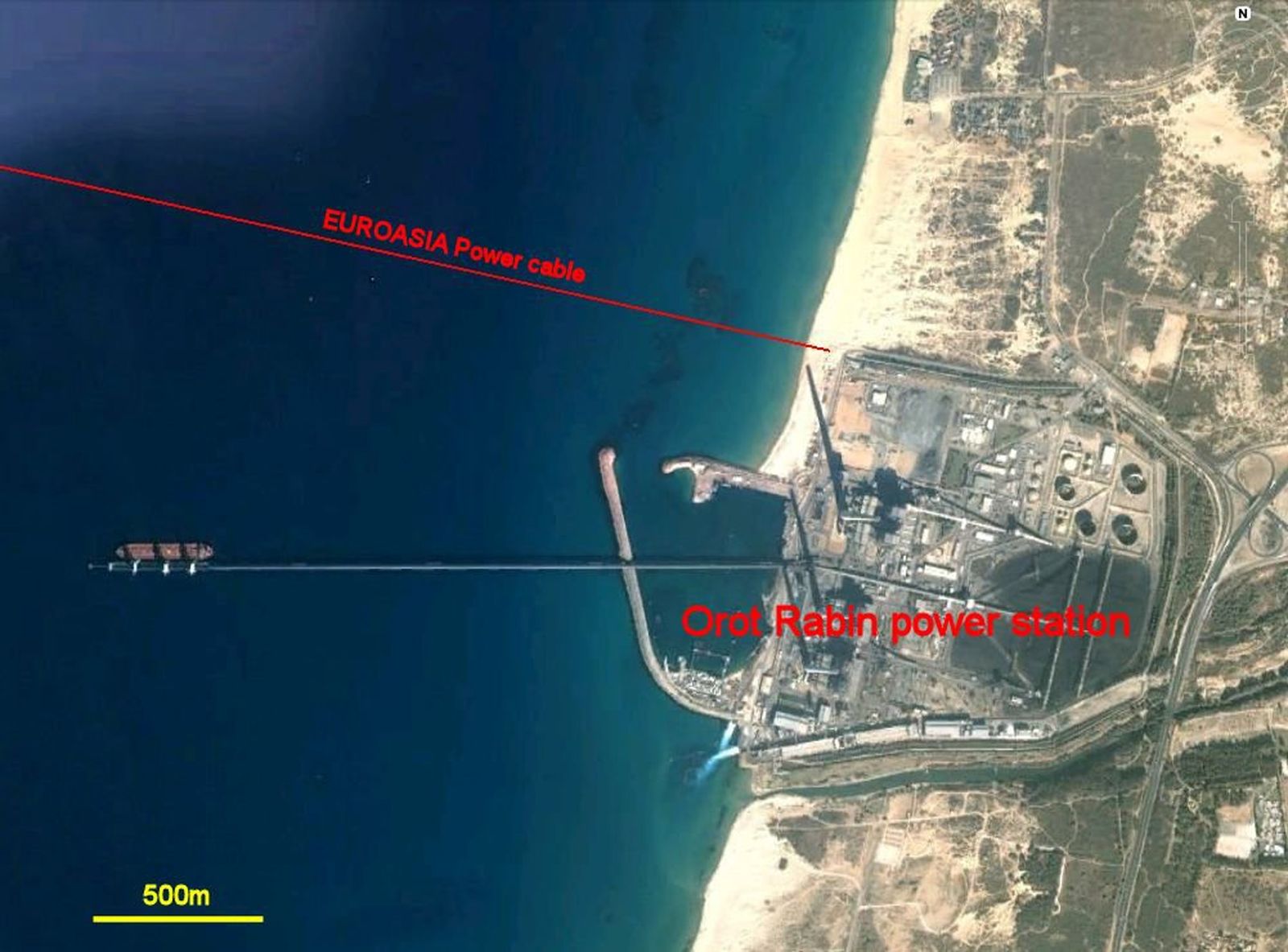 EuroAsia InterconnectorSettore: Energy Infrastructures
EuroAsia InterconnectorSettore: Energy Infrastructures -
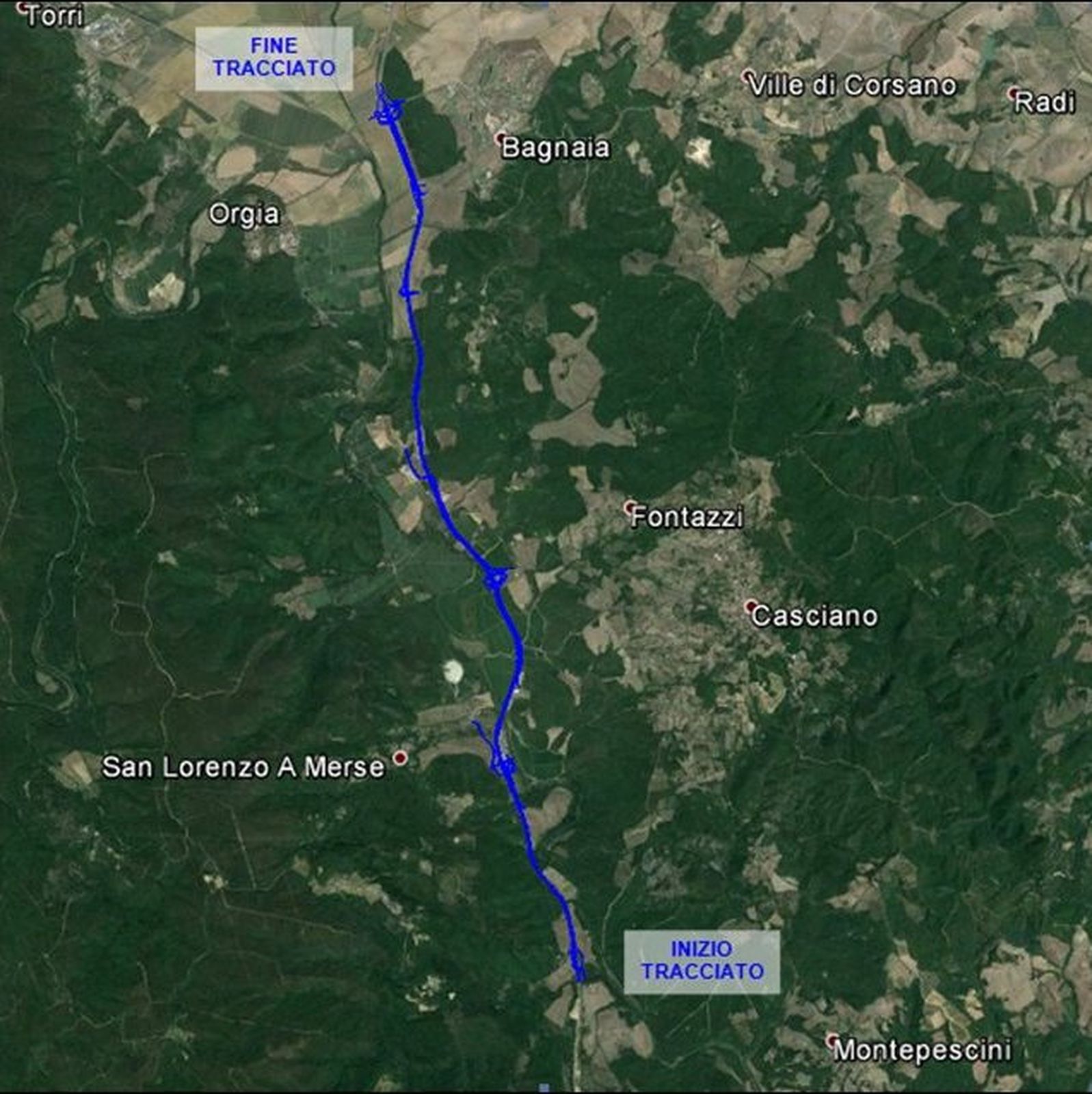 European route E 78 – Grosseto-FanoSettore: Roads & Highways
European route E 78 – Grosseto-FanoSettore: Roads & Highways -
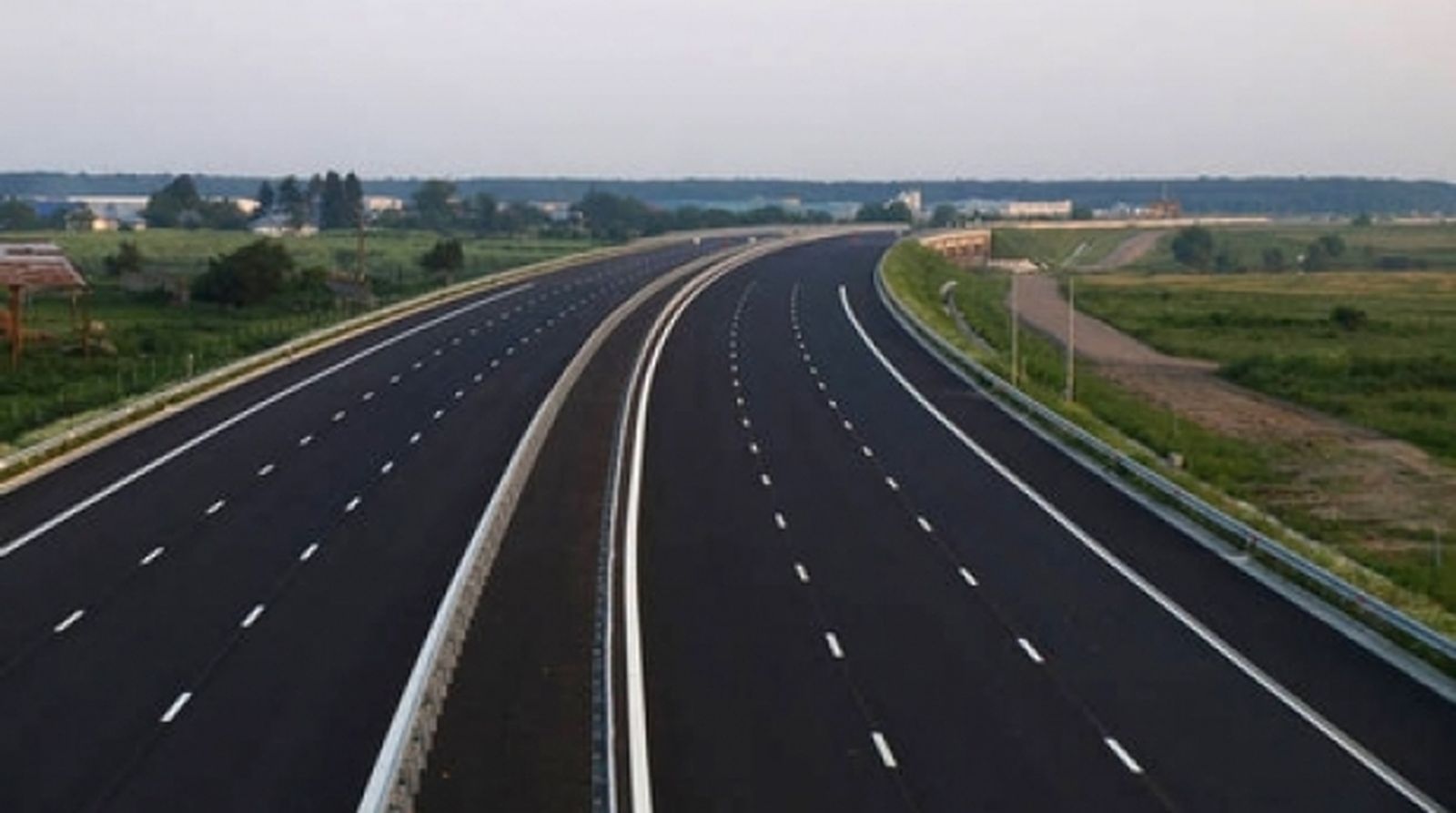 Highway A14 – Bologna BypassSettore: Roads & Highways
Highway A14 – Bologna BypassSettore: Roads & Highways -
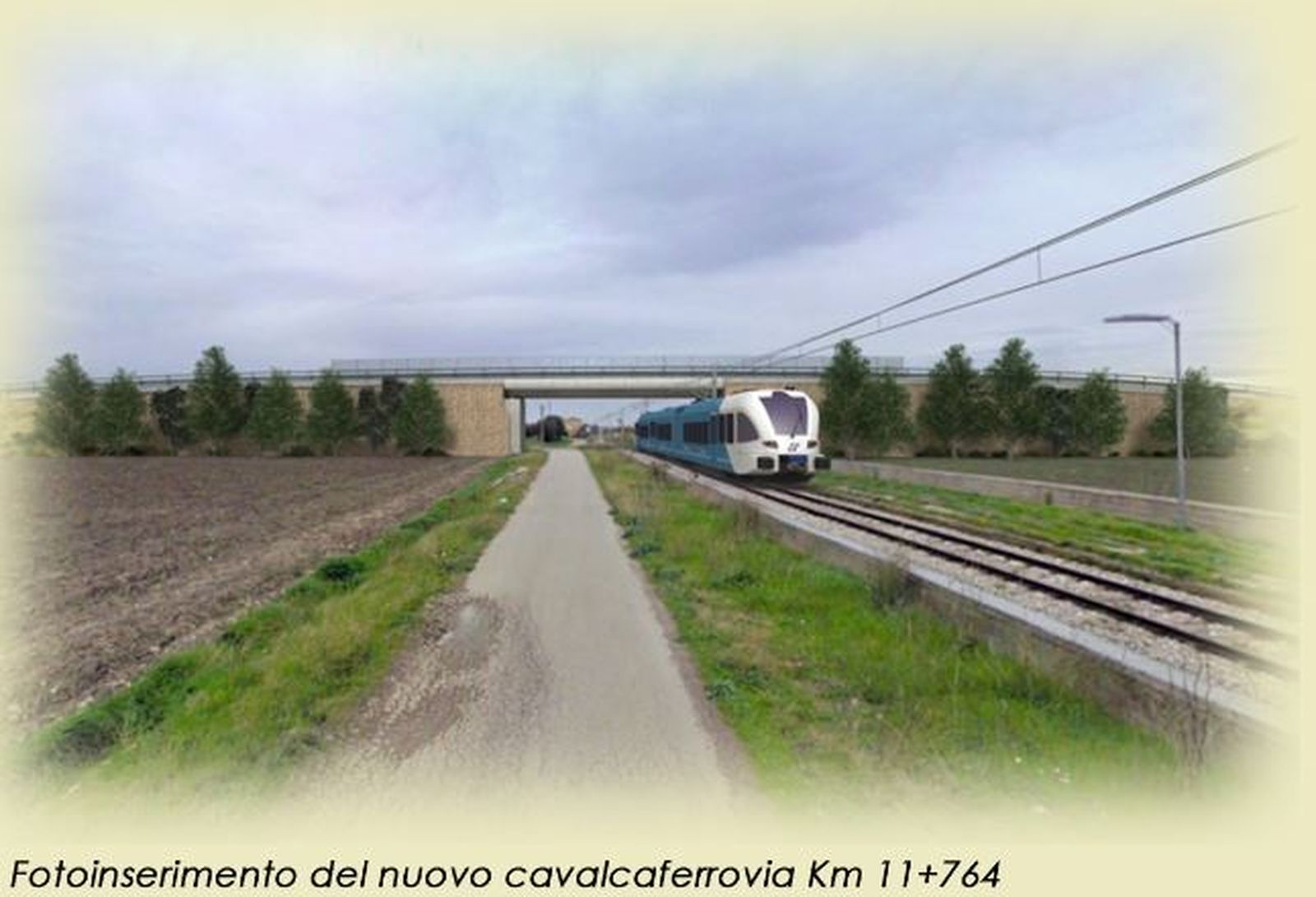 Potenza – Foggia Railway LineSettore: Railways & Station
Potenza – Foggia Railway LineSettore: Railways & Station -
 220 kV Italy – Malta Interconnector – AuthorizationsSettore: Energy Infrastructures
220 kV Italy – Malta Interconnector – AuthorizationsSettore: Energy Infrastructures -
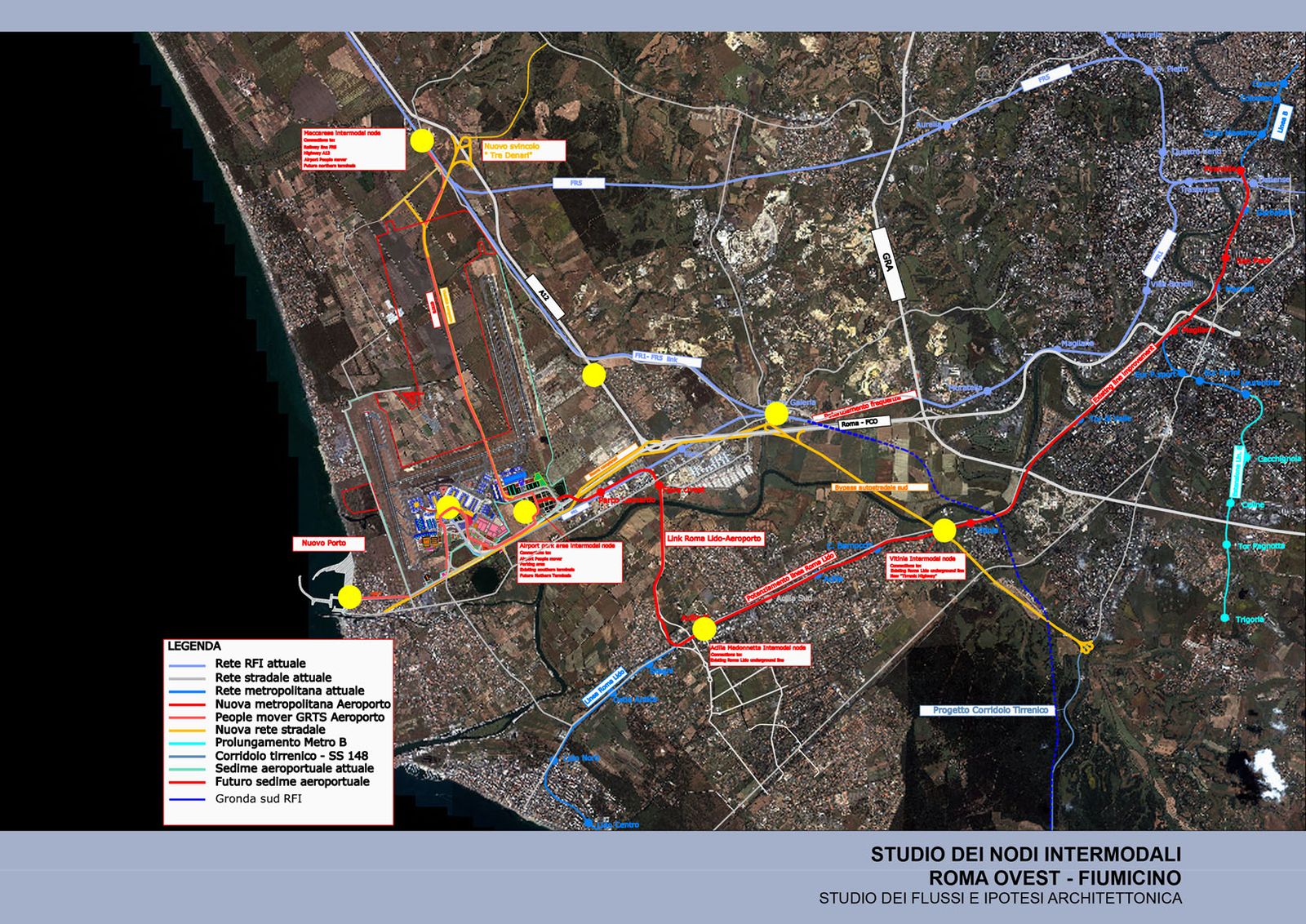 Rome Fiumicino Airport – Specific Environmental StudiesSettore: Airports
Rome Fiumicino Airport – Specific Environmental StudiesSettore: Airports -
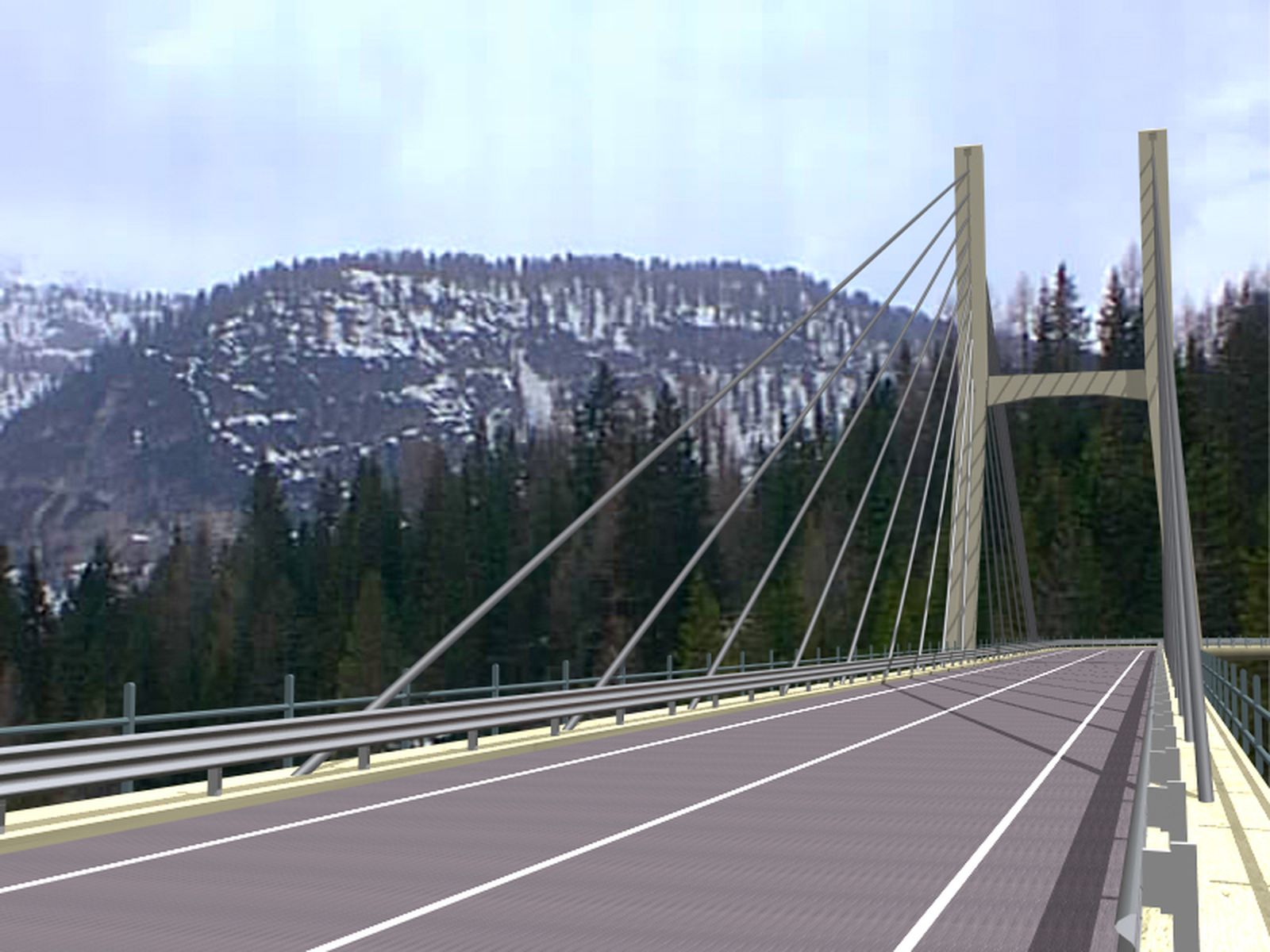 Provincial Road (SP no.1) – Piave left bankSettore: Roads & Highways
Provincial Road (SP no.1) – Piave left bankSettore: Roads & Highways -
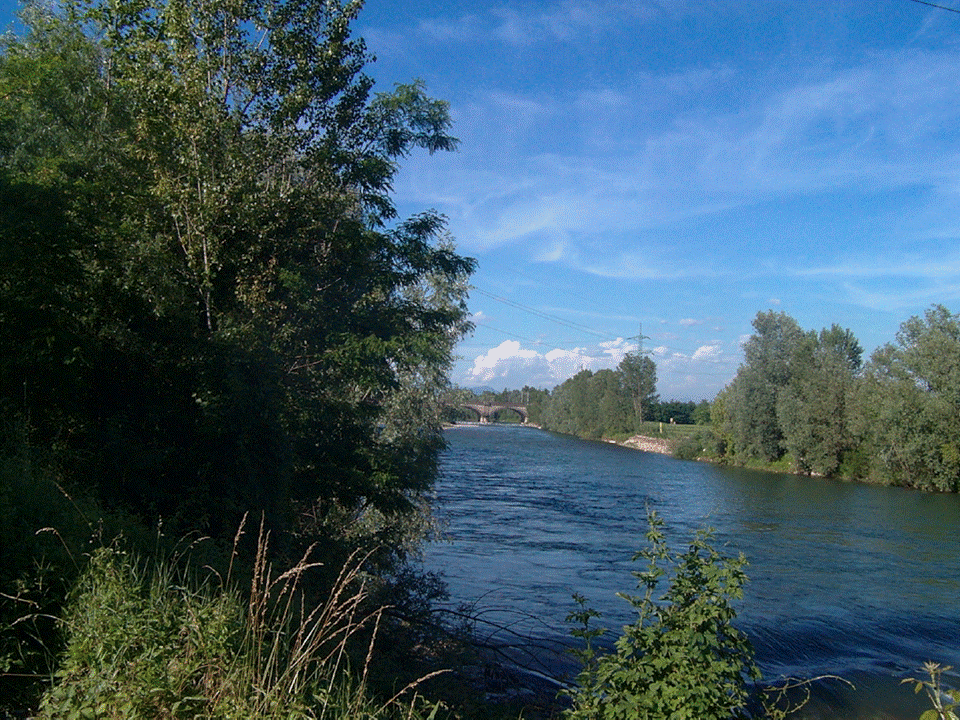 Milan-Venice Railway Line – Pioltello-Treviglio SectionSettore: Railways & Station
Milan-Venice Railway Line – Pioltello-Treviglio SectionSettore: Railways & Station -
 Environmental services contract – Sogin nuclear plantsSettore: Decommissioning
Environmental services contract – Sogin nuclear plantsSettore: Decommissioning -
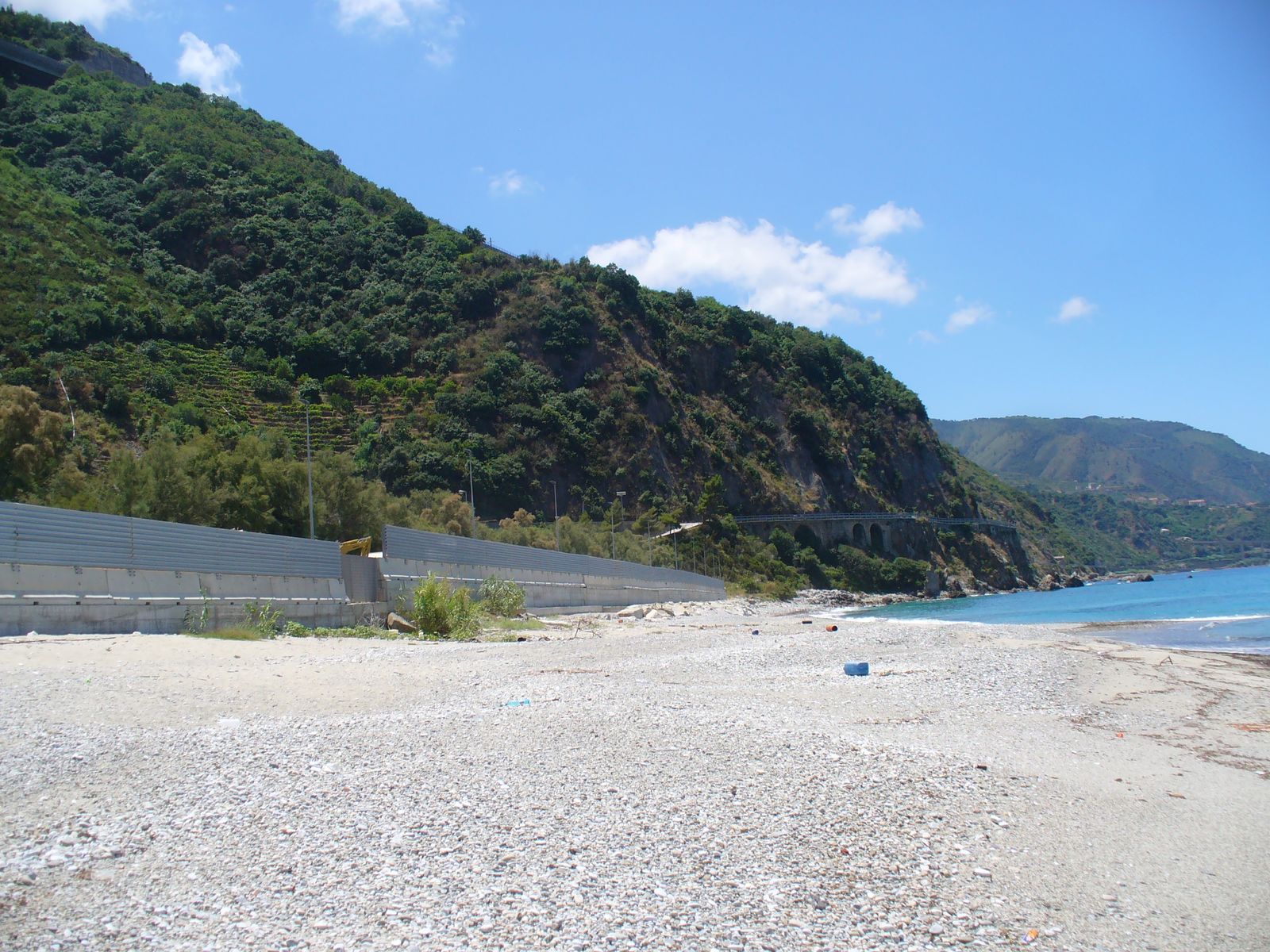 “Sorgente – Rizziconi” 380 kV Power LineSettore: Energy Infrastructures
“Sorgente – Rizziconi” 380 kV Power LineSettore: Energy Infrastructures -
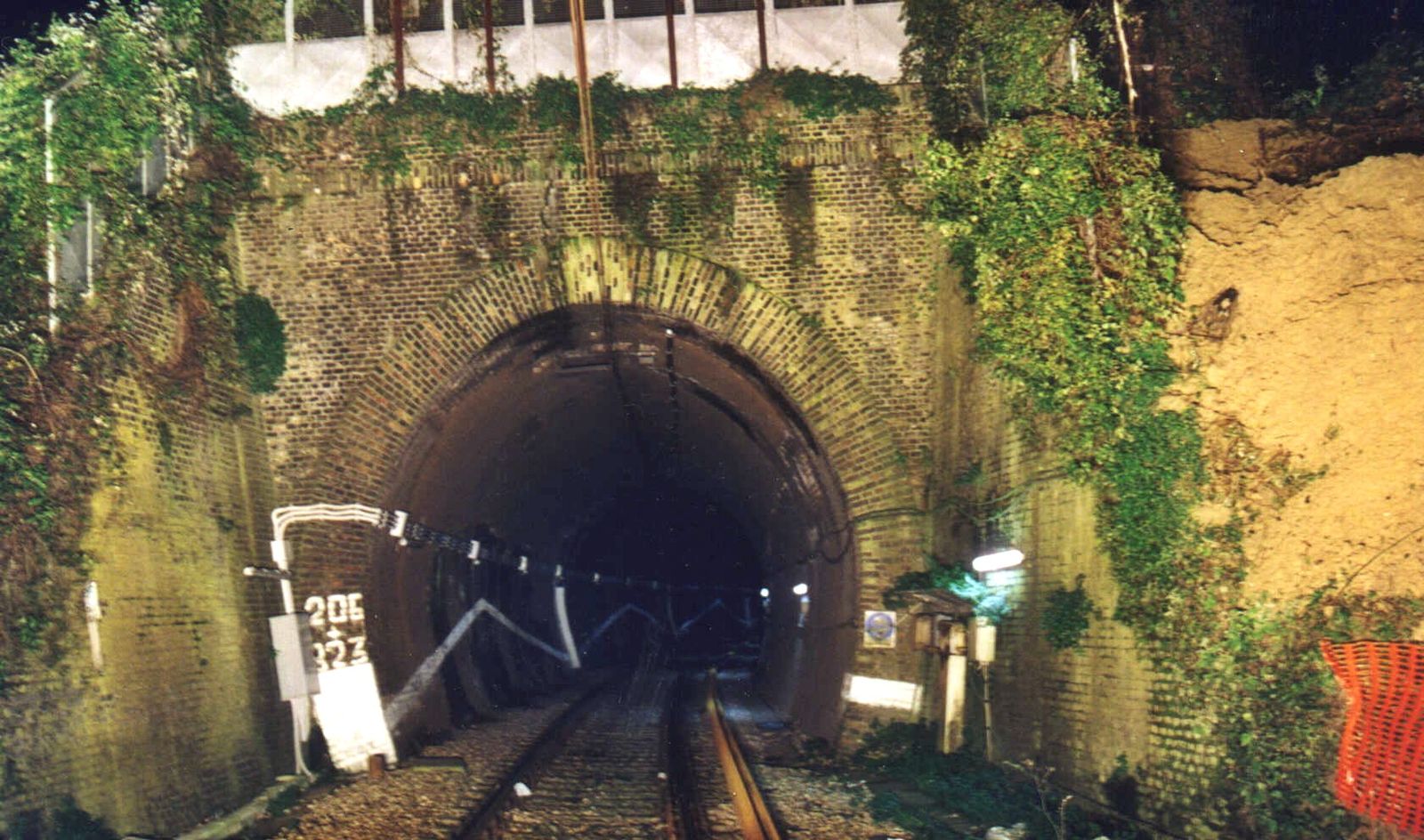 Bologna-Bari railway line – Ancona-Bari SectionSettore: Railways & Station
Bologna-Bari railway line – Ancona-Bari SectionSettore: Railways & Station -
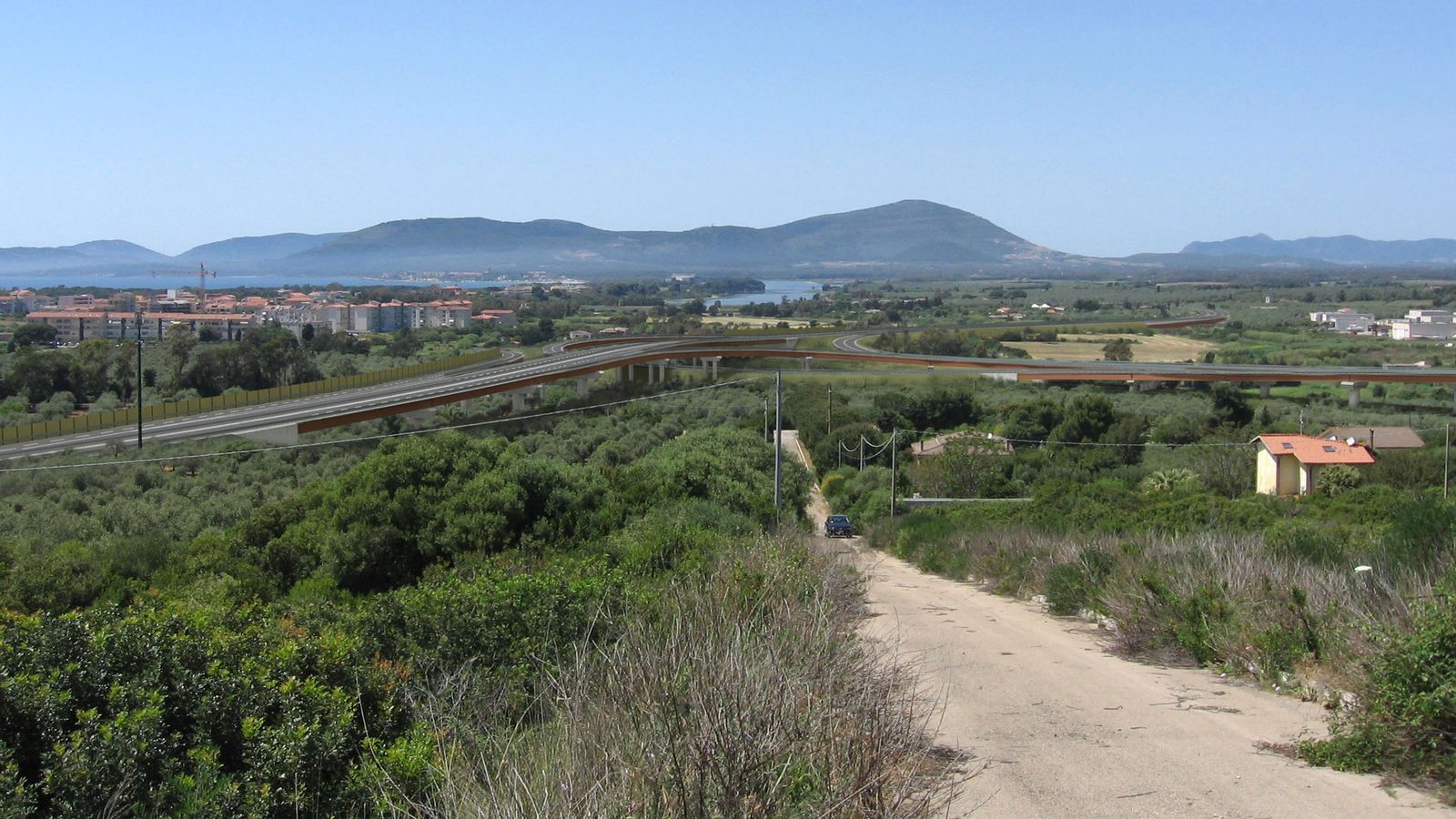 New Main Road SS291 – First Section – Alghero-OlmedoSettore: Roads & Highways
New Main Road SS291 – First Section – Alghero-OlmedoSettore: Roads & Highways -
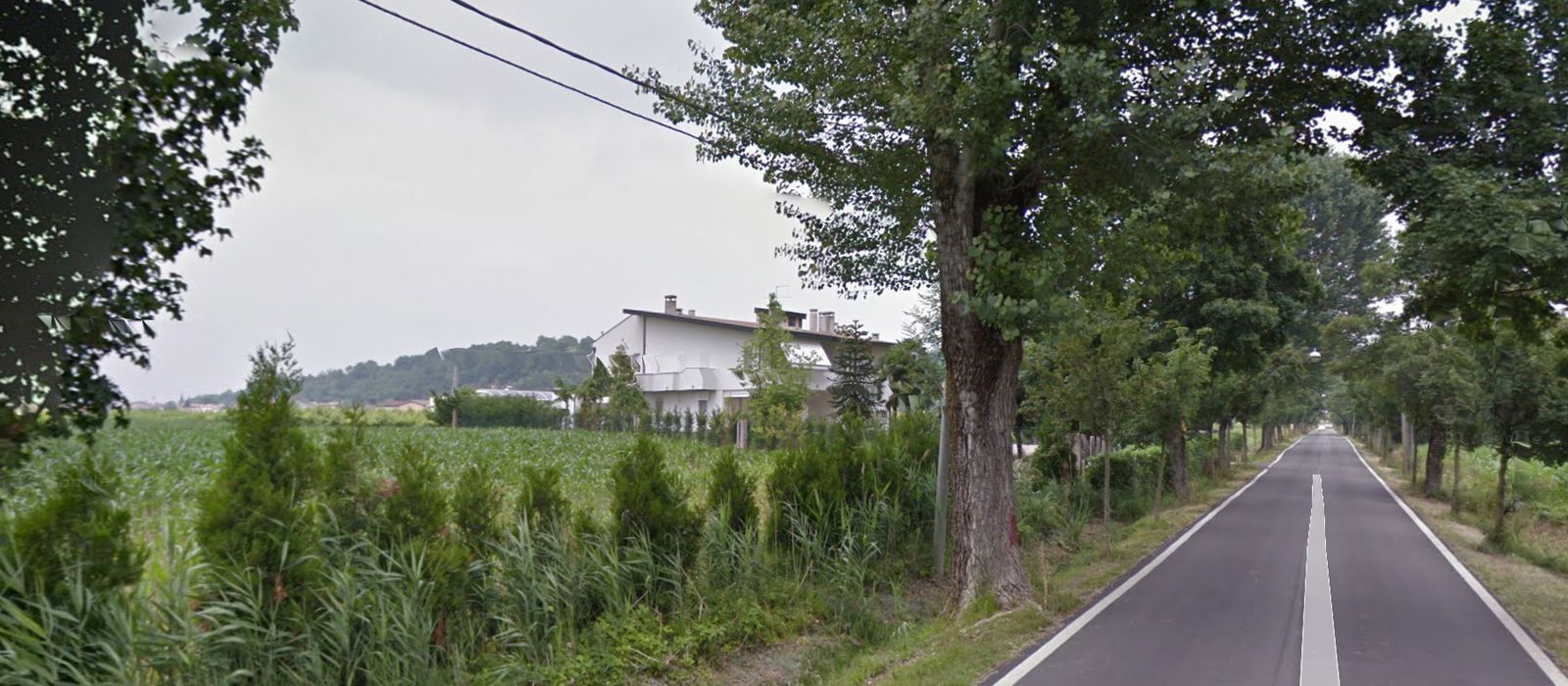 Vicenza Ring Road – Preliminary StudySettore: Roads & Highways
Vicenza Ring Road – Preliminary StudySettore: Roads & Highways -
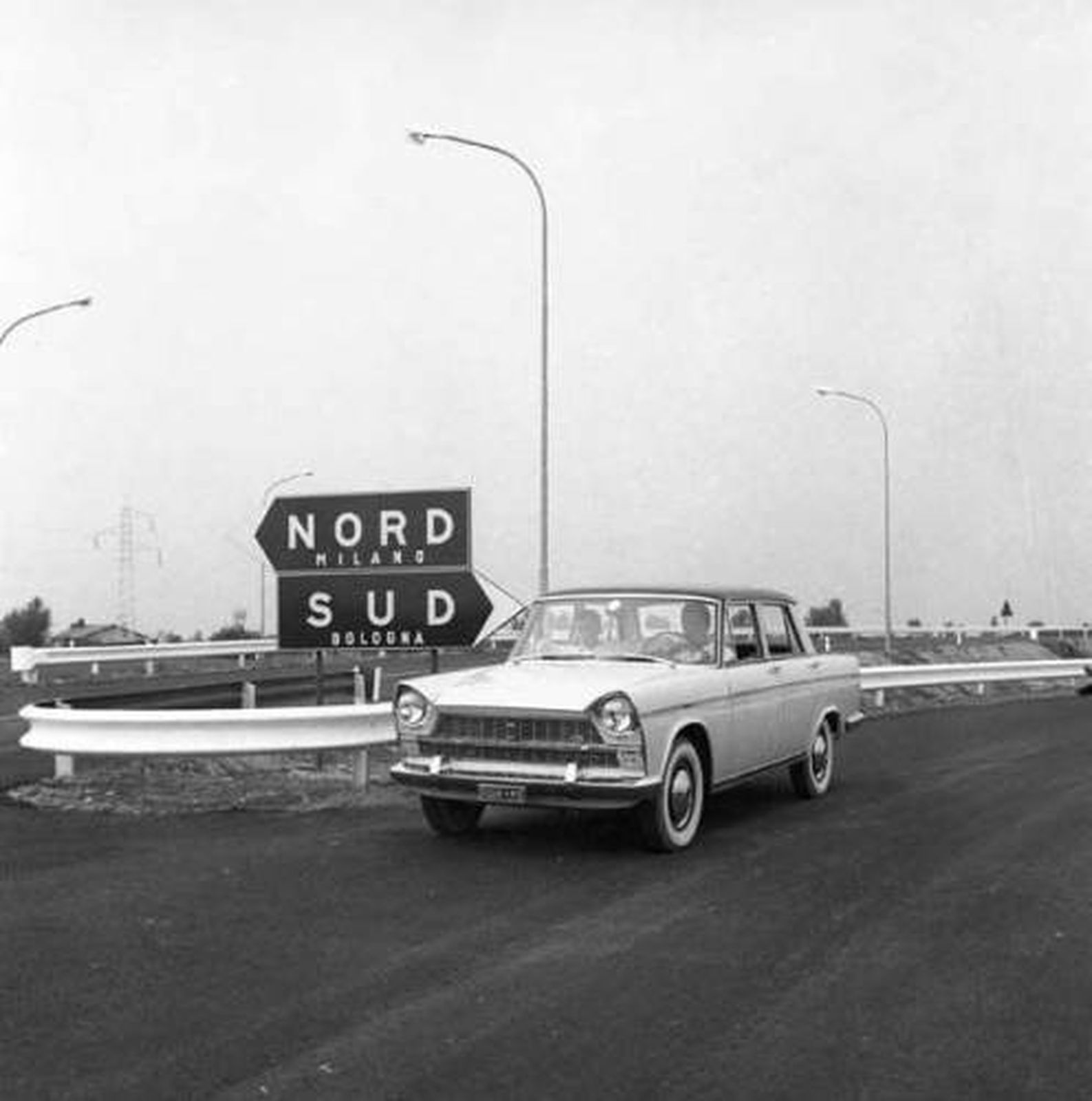 A1 Highway – Fiano Romano-Rome Ring Road sectionSettore: Roads & Highways
A1 Highway – Fiano Romano-Rome Ring Road sectionSettore: Roads & Highways -
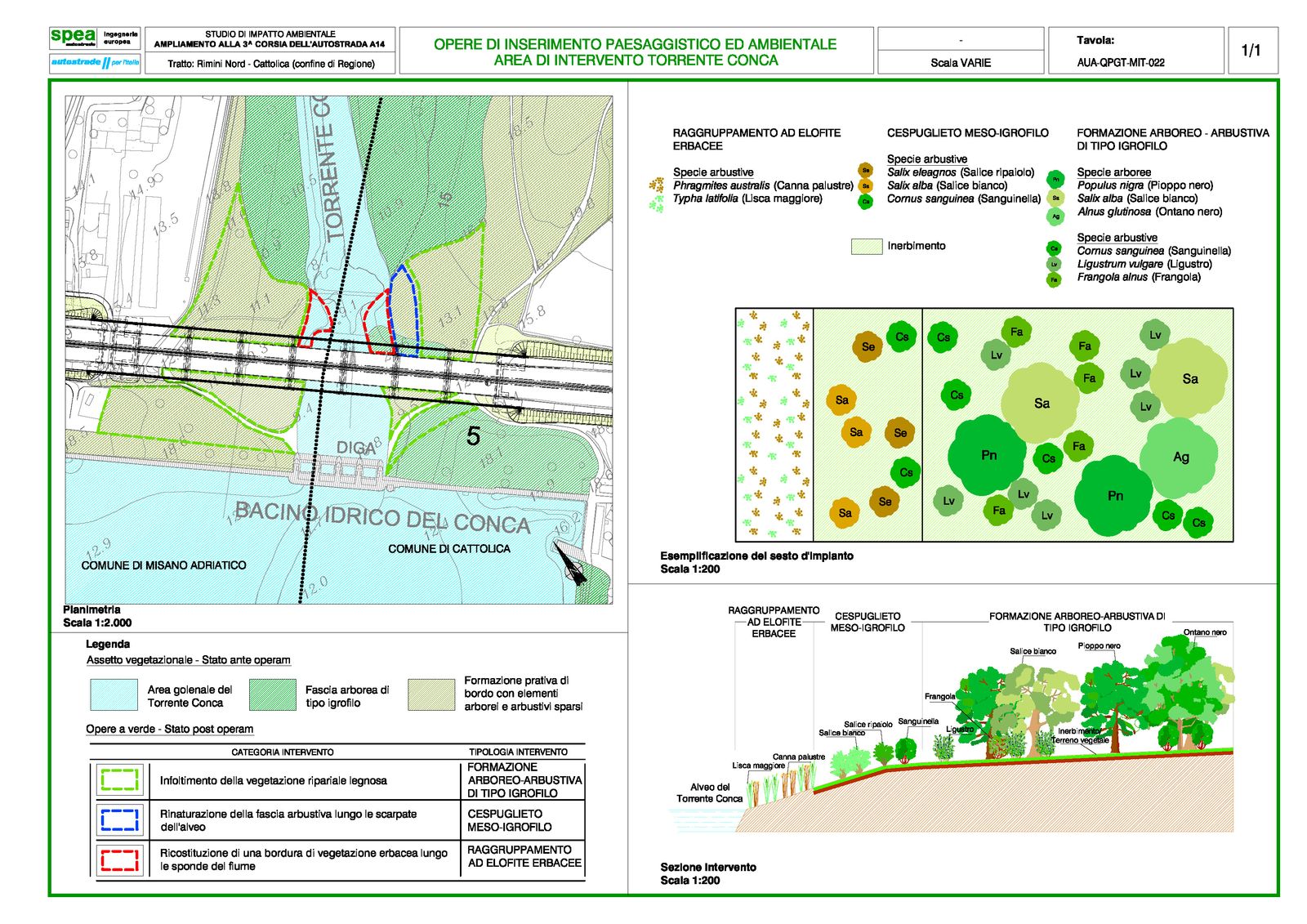 A14 Highway – Rimini Nord-CattolicaSettore: Roads & Highways
A14 Highway – Rimini Nord-CattolicaSettore: Roads & Highways -
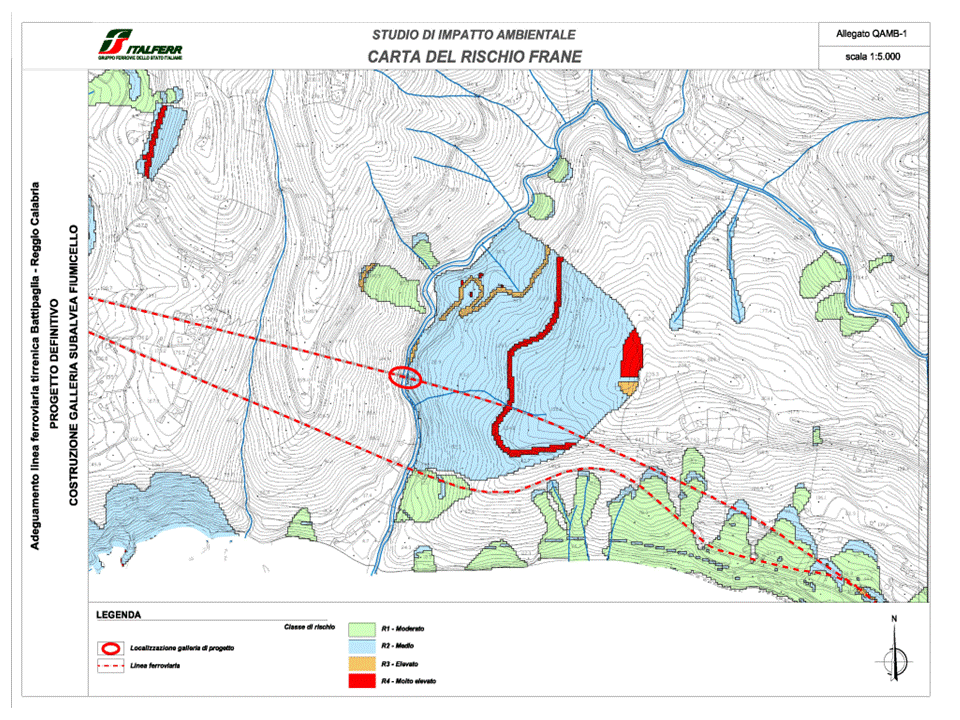 Battipaglia-Reggio Calabria Railway – Fiumicello TunnelSettore: Railways & Station
Battipaglia-Reggio Calabria Railway – Fiumicello TunnelSettore: Railways & Station -
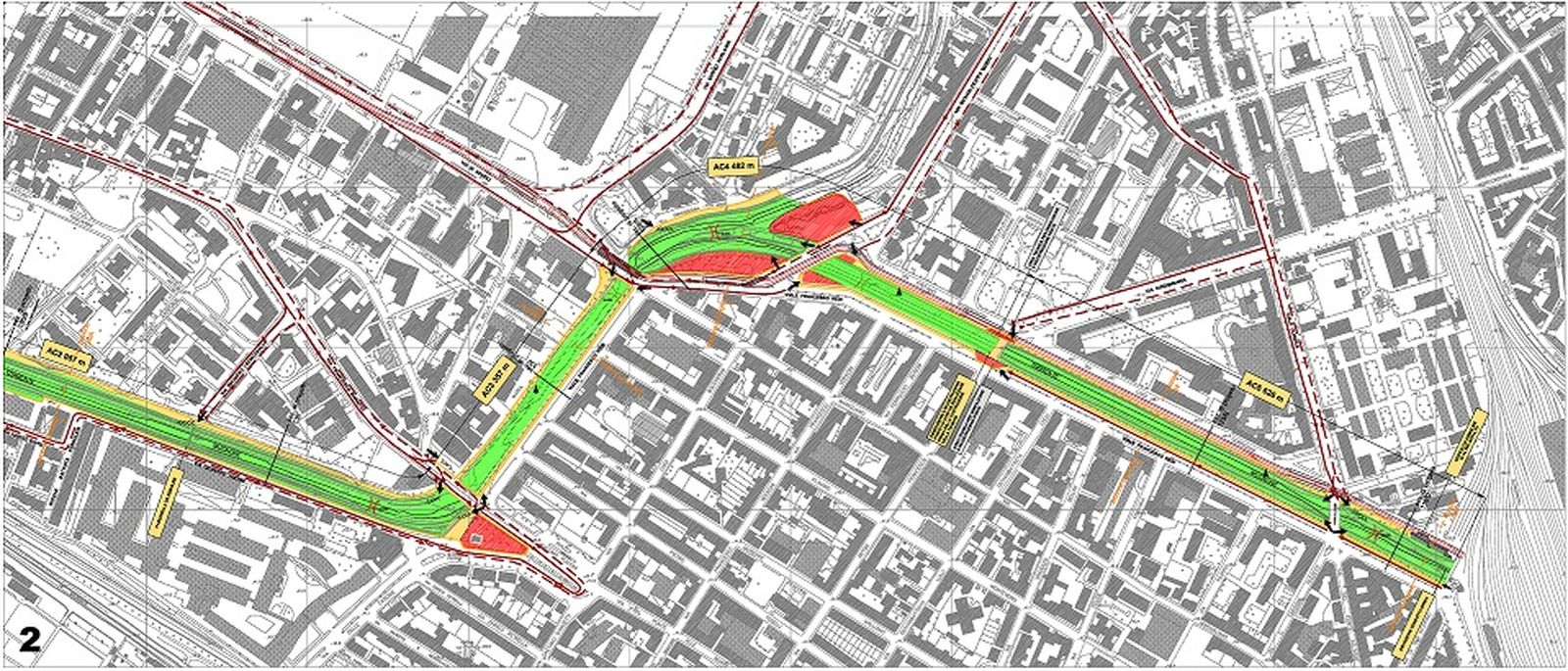 Hydraulic adjustment of Mugnone Stream – FlorenceSettore: Railways & Station
Hydraulic adjustment of Mugnone Stream – FlorenceSettore: Railways & Station